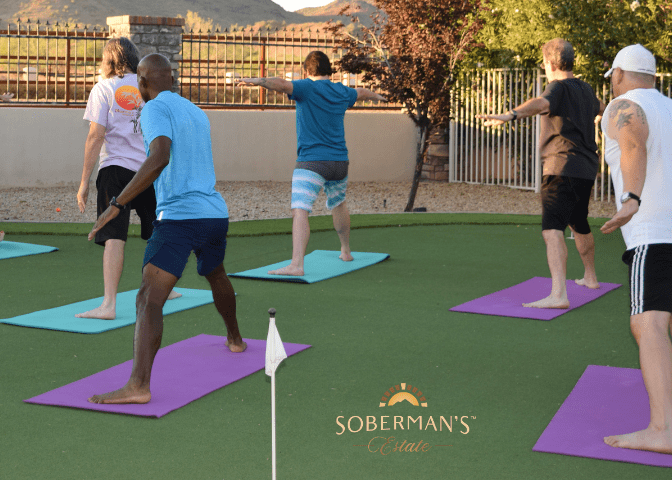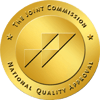International Yoga Day
June 21 is International Yoga Day! This date was chosen back in 2015 by the United Nations, as it is the Summer Solstice, the day where there is the most sun out of every other day of the year. While many people will be rolling their mats out and having some fun, it is important to remember that this ancient practice that began over 5000 years ago in India was developed as a way to interconnect the mind, body and soul. When the resolution was first introduced back in 2014, it received support from 177 nations, the highest number of co-sponsors for any UN resolution, proclaiming June 21 as the International Yoga Day.
In addition to some of the many benefits of yoga that we may be familiar with, such as increased flexibility, increased strength, better balance, reduced stress, lower blood pressure, help with insomnia, and overall mental well being, scientific studies have more recently shown that the practice of yoga can create a pathway to releasing emotional pain and promoting healing from trauma and addiction through the body. What this means for people in recovery from trauma and addiction is that the more we can go “inside” ourselves, and listen to our bodies and cultivate a sensory awareness, the chances of recovery are greater. With addiction and trauma there is a disconnect with the body, and one of the benefits of yoga is that it integrates the mind and body. According to Dr. Bessel Van Der Kolk, from his book The Body Keeps the Score, “being able to perceive visceral sensations is the very foundation of emotional awareness”. If you are not aware of what your body needs, you cannot take care of it. He continues to say, “this is why cultivating sensory awareness is such a critical aspect of trauma recovery.”
In yoga, as we move through the poses, we focus our attention on our breath and on the sensations. We notice a connection between our emotions and our body. We make decisions in the moment whether to stay in a pose a little longer, whether to take a deeper breath, whether to exhale a little longer, and we notice what happens. By paying attention and just noticing the physical sensations and what you are feeling in the moment, helps us to regulate our emotions and not ignore what is going on inside of us. When we can begin to approach our bodies from a place of kindness and curiosity instead of fear, then a shift begins to occur.
The limbic system is the part of the brain that controls our instinctive emotions, impulses, urges, (sometimes called the downstairs brain), which manifests itself in physical reactions, ie faster heart rate, sweaty palms, shallow breathing, etc... whereas the prefrontal cortex, (sometimes known as the upstairs brain) is the rational part of the brain for rational thought, problem solving, making good decisions, attention span, and thoughts. And while they may not be close in proximity in the brain, it is with the ability to access the emotional brain, through self regulating and self awareness, that we are able to manage ourselves, manage our emotions, and change the way we feel. Simply being able to notice our physical sensations and emotions we are feeling allows us the opportunity to pause, and to recognize our habitual and automatic responses. It also helps us to notice that feelings and experiences don’t last forever, they are transitory in nature..
At Sobermans estate, clients practice yoga three times a week. According to yoga instructor Gretchen, the clients practice three different types of yoga; vinyasa (flow) yin (deep stretch) and restorative. For Gretchen herself, she shares that when she began her own practice it was for purely physical reasons. As she began her recovery journey, she was able to “absorb the mind and spirit aspects of yoga, and this is where my recovery and peace evolved.” She also shares that many of the clients express their surprise at how relaxed they feel, how yoga has helped their back pain, and how they are starting to listen to their body. Yoga is a way to help calm and center the clients, and used as a therapeutic modality, it provides the opportunity to learn to be present with sensations. For some, this may be the first time they are feeling their emotions, and being able to sit with them with curiosity, and without judgment , instead of pushing them away, is an important aspect of healing.
6 Benefits of yoga for men in recovery:
1. Stress management: Practicing yoga helps reduce stress and anxiety. It helps to regulate the stress hormones cortisol and adrenaline.
2. Heightens self awareness: By connecting with the body, we become more mindful as we train our brain to direct our thoughts, and we are able to notice our sensory experiences and feelings.
3. Increases strength: Yoga challenges our bodies to reach new levels of fitness. The postures help tone the muscles, increase flexibility and overall strength.
4. Coping skills: By practicing the postures and the breathwork on the mat, and practicing acceptance and love for yourself on the mat, you are able to transition those skills into everyday life, especially when facing triggers or difficult situations.
5. Reduce cravings: with the practice of yoga, individuals can learn to control their impulses and urges, to become calm and centered, and make better decisions for themselves.
6. Builds confidence: When practicing yoga, we are faced with a new challenge. When we take on a new activity and allow ourselves time to practice, we are reconnecting with ourselves and developing our self awareness. We gain clarity of mind, and this helps us to build self confidence.
Soberman's Estate is a residential men's addiction treatment center that provides discreet, individualized, sophisticated recovery and wellness services for adult men that want to recover from substance use disorders, and or other behavioral issues such as trauma, anxiety, depression, stress, or other addictions.





